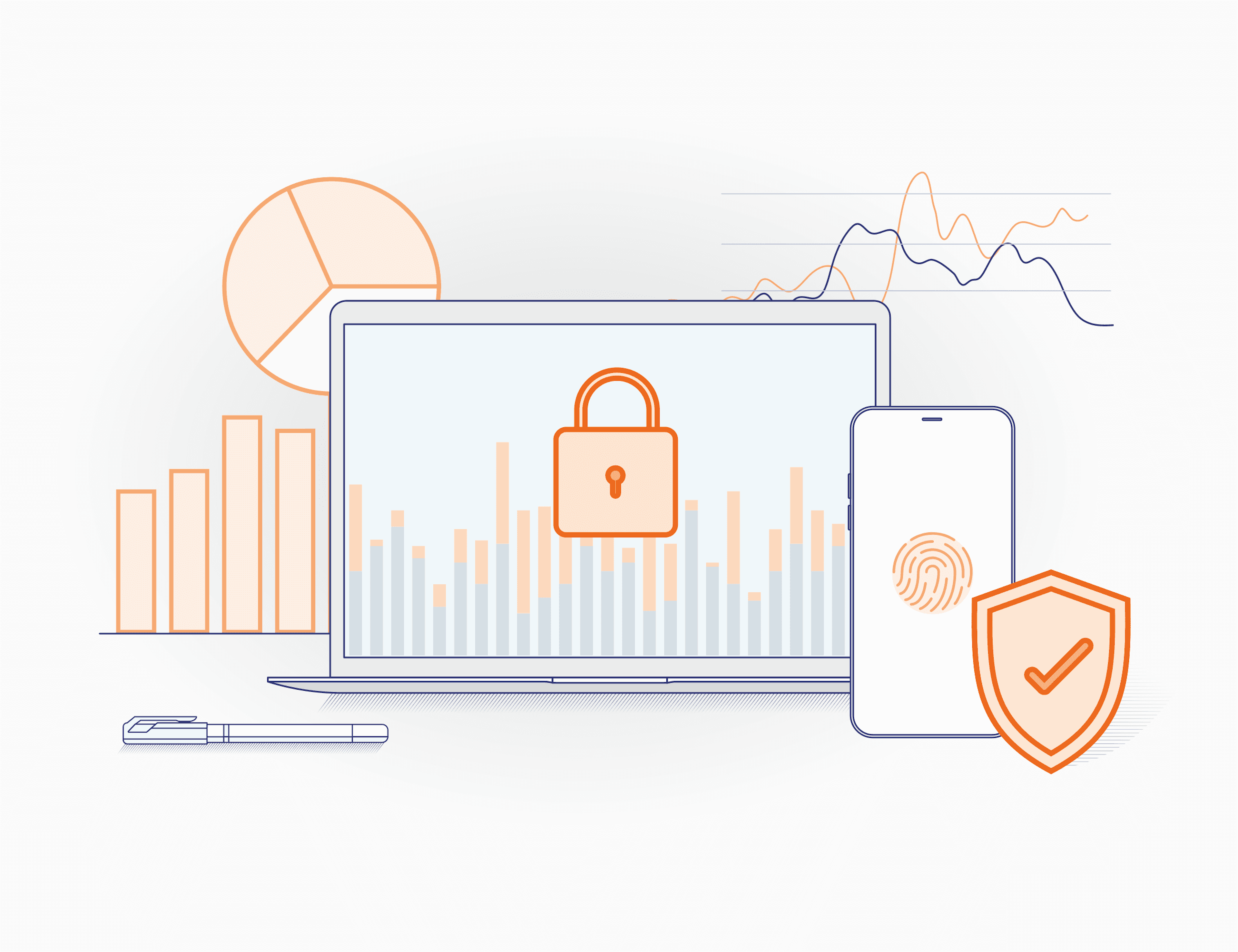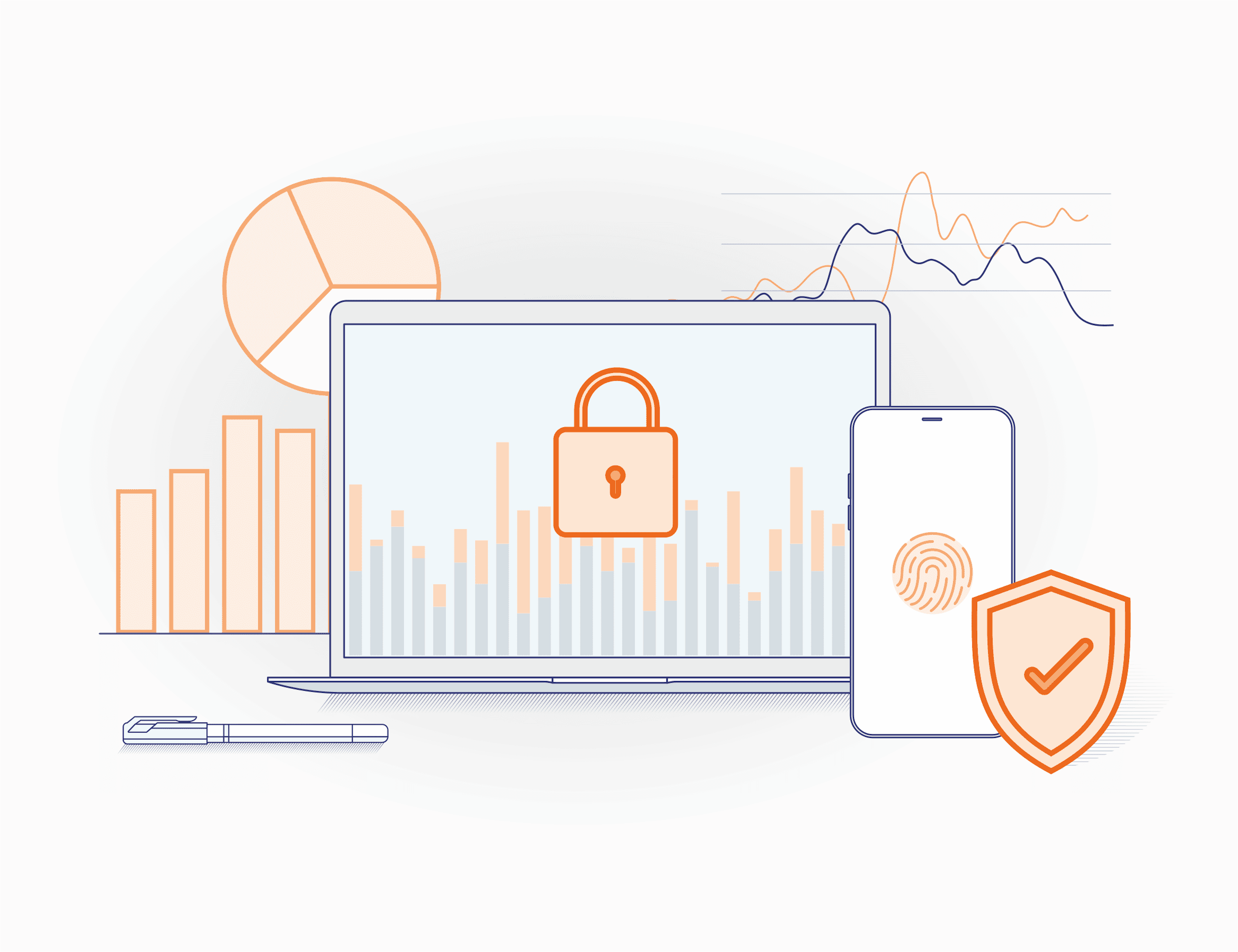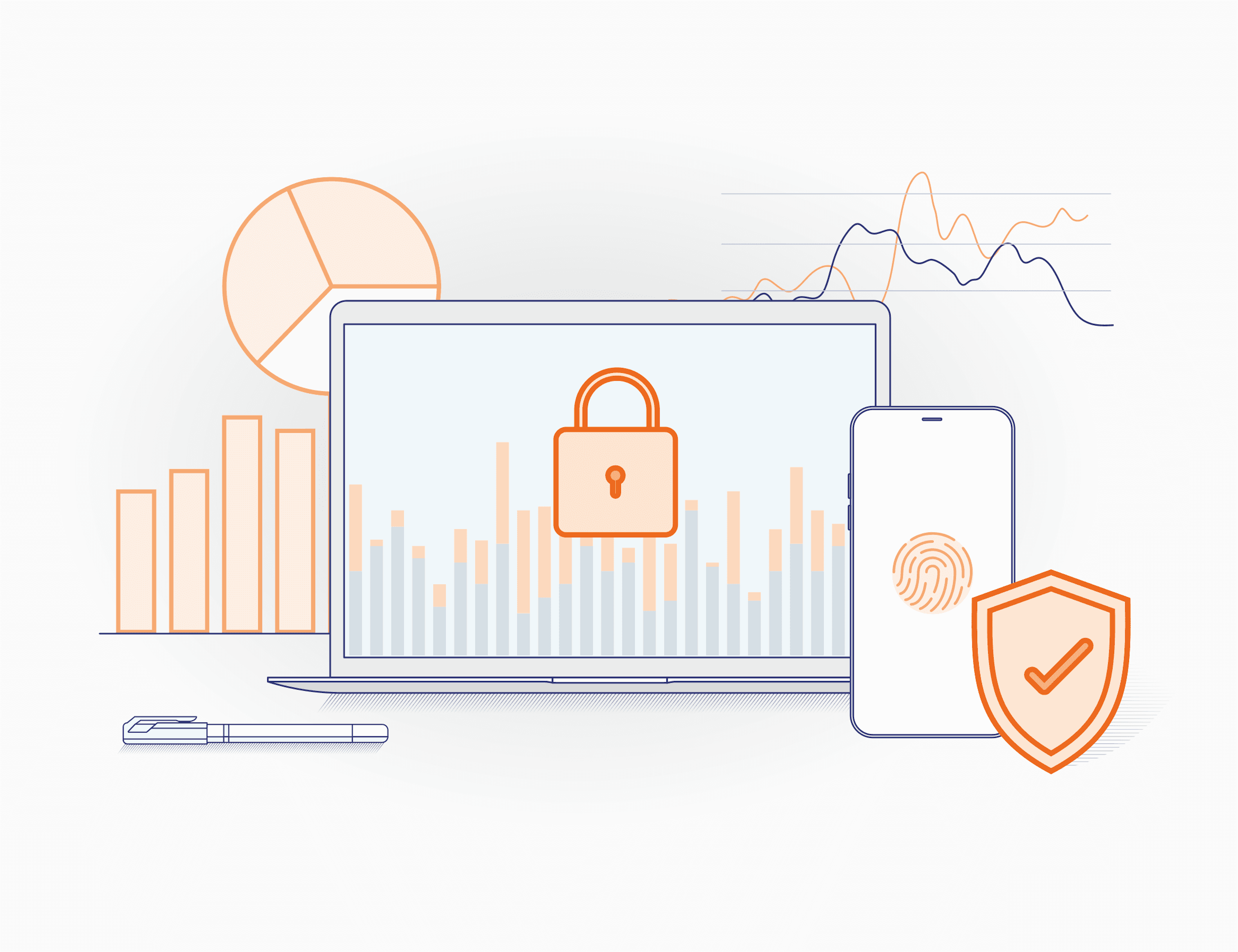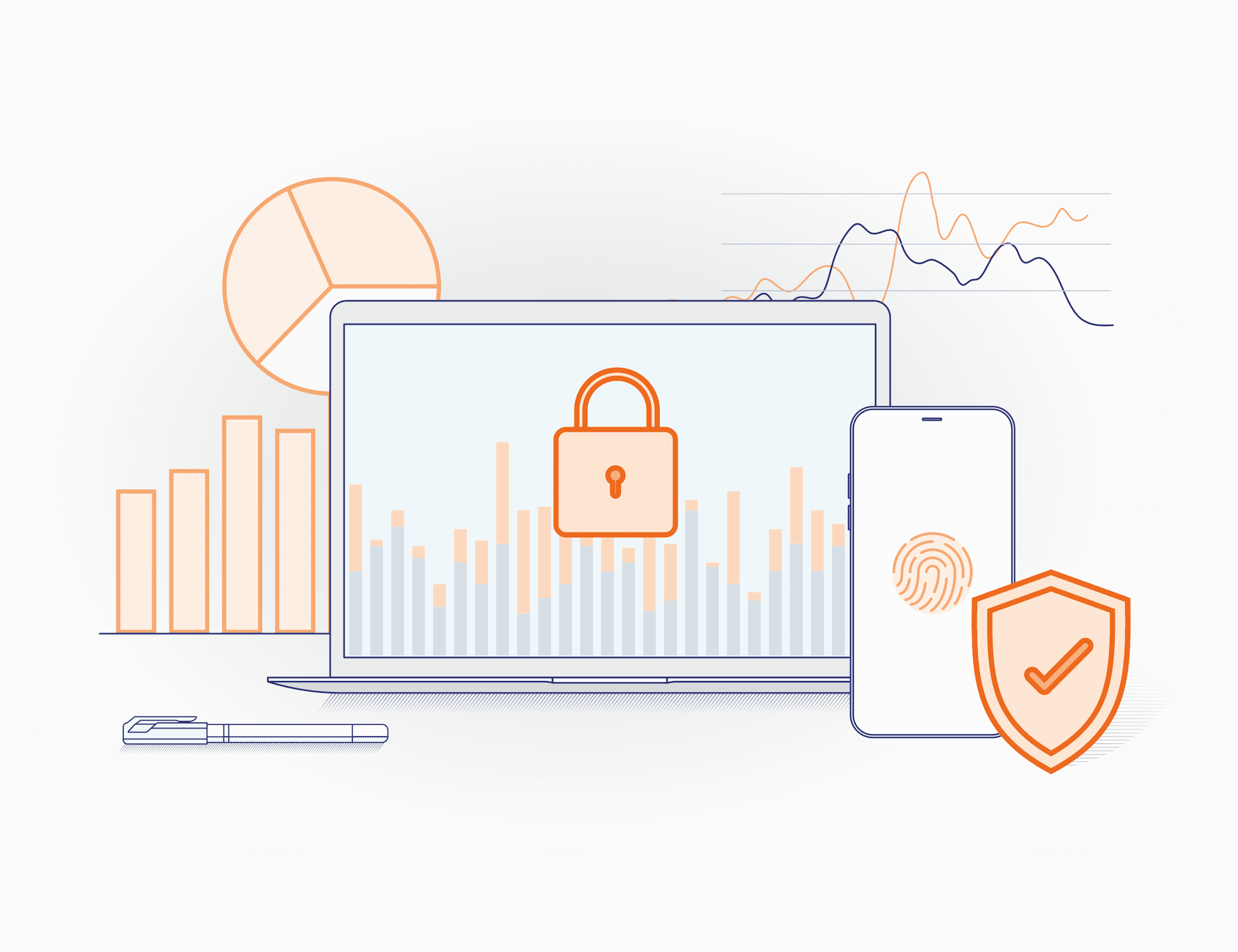Banking Fraud Detection and Prevention: The Complete Guide


Fraud detection is now one of the top challenges for banks and fintechs. Digital growth has opened new opportunities – but also widened the attack surface. Today’s fraudsters move fast, using automation, synthetic IDs, and device spoofing. The question is: how can institutions stop them without losing customer trust or violating privacy?
Based on JuicyScore’s work with clients in 45+ countries, a consistent pattern emerges: institutions must design defenses that balance fraud prevention with seamless customer experience – and regulatory compliance with privacy. The challenge is not only to stop fraud, but to do so in a way that preserves trust, enables inclusion, and adapts to constantly evolving digital ecosystems.
This guide examines the fundamentals of fraud detection in banking, the data signals that matter most, the technologies driving the field, and the practices that leading financial institutions adopt to prepare for the next wave of digital risk.
Fraud detection in banking refers to the systems, processes, and technologies used to identify and stop unauthorized or suspicious activity within financial services. At its core, detection protects three things: customer trust, institutional assets, and systemic stability.
Historically, fraud detection meant verifying unusual withdrawals, blocking large-value transactions, or flagging logins from unexpected locations. Today, detection must operate across millions of transactions in real time, analyzing both what customers do (transactional behavior) and how they do it (device and behavioral signals).
The financial impact is significant:
For banks, BNPL providers, and digital lenders, these are not abstract statistics. They represent lost revenue, higher insurance costs, regulatory fines, and damaged customer confidence. Effective fraud detection has become a strategic differentiator, not just a compliance obligation.
Understanding the main categories helps institutions tailor defenses across the customer lifecycle:
For a deeper dive into banking fraud types, explore our insights on bank account and payment fraud.
Banks rely on multiple signals – from transaction data and device fingerprints to behavioral biometrics and external blacklists. Detection methods range from simple rules to advanced machine learning. Increasingly, device intelligence and behavioral analytics are the most effective layers, helping institutions flag device farms, emulators, and unusual behavior invisible to legacy systems.
Analytics shift detection from reactive to proactive. Instead of responding after losses, banks can profile customer behavior in real time, cut false positives, and allocate resources where they matter most. The result: smoother customer journeys and higher ROI.
Onboarding controls
Transaction-level controls
Institutional safeguards
Our clients often reduce fraud rates significantly by adding device intelligence to existing controls – stopping high-risk activity before transactions are approved.
Even advanced frameworks face limitations:
The challenge is precision without compromising privacy. Device intelligence helps achieve that balance.
Fraud evolves in cycles. What worked last year may not be sufficient tomorrow. Key trends include:
Future-ready banks will integrate adaptive analytics, device intelligence, and shared intelligence networks.
At JuicyScore, we see device intelligence as the cornerstone of modern fraud detection and prevention. Our technology analyzes more than 220 non-personal parameters – from virtualization traces to remote-access tool detection – to uncover threats invisible to traditional systems.
Clients using our solutions have consistently reported exceptional outcomes, achieving an average ROI above 10x and a Gini coefficient exceeding 5.20, demonstrating both measurable financial impact and improved detection accuracy.
Book a JuicyScore demo to see how your institution can reduce fraud and improve customer trust.
It is the use of systems and analytics to identify and stop unauthorized activities in accounts or transactions.
By combining transaction monitoring, device intelligence, behavioral biometrics, and fraud consortium data – often enhanced with machine learning.
Banks analyze transaction history, device and navigation signals, and external fraud data.
Fraud analytics applies advanced data analysis to spot anomalies, reduce false positives, and protect institutions in real time.
Through stronger onboarding, MFA, customer education, and device intelligence.
They block legitimate users, causing lost revenue and reputational damage.
AI-enabled scams, synthetic IDs, deepfakes, and real-time payment exploitation.

Synthetic identity fraud is on the rise. Discover how behavioral and device-based signals help fintechs detect synthetic fraud without using personal data.

Discover what account takeover (ATO) fraud is, why it threatens digital finance, and how to prevent it effectively. Learn proven strategies to secure your business and protect your customers.

What is payment fraud? Learn the main types, tactics, and prevention strategies in 2025. Guide for banks, fintechs, BNPL, and digital lenders.
Get a live session with our specialist who will show how your business can detect fraud attempts in real time.
Learn how unique device fingerprints help you link returning users and separate real customers from fraudsters.
Get insights into the main fraud tactics targeting your market — and see how to block them.
Phone:+971 50 371 9151
Email:sales@juicyscore.ai
Our dedicated experts will reach out to you promptly